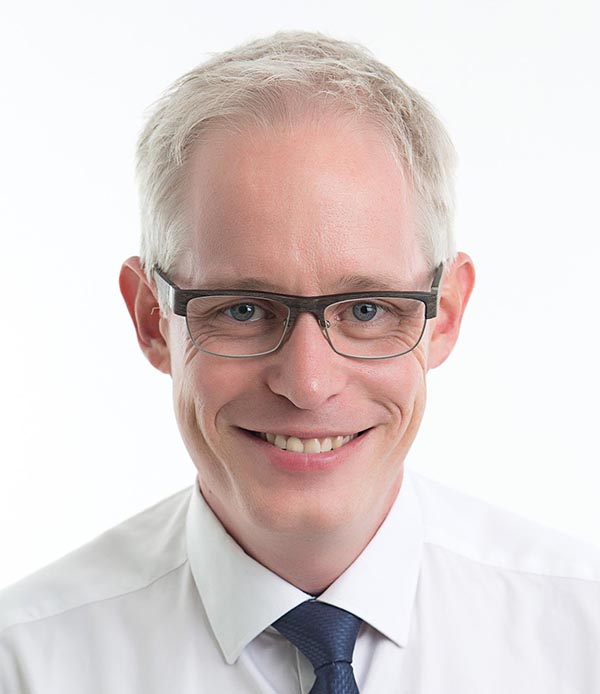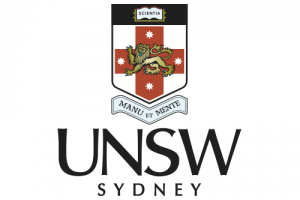
Fields of Research (FoR)
Optometry and Ophthalmology, Ophthalmology and Optometry not elsewhere classified, Opthalmology and Vision ScienceBiography
Paul Gifford completed his BSc degree at City University, London, in Optometry and Visual Science. He worked in full time optometry practice specialising in contact lenses and binocular vision and during this time completed his MSc at City University, London. He then moved to Sydney in 2005 to pursue his doctorate at the University of New South Wales. On graduation in 2009 he took on the position of Acting Clinic Director of the Optometry...view more
Paul Gifford completed his BSc degree at City University, London, in Optometry and Visual Science. He worked in full time optometry practice specialising in contact lenses and binocular vision and during this time completed his MSc at City University, London. He then moved to Sydney in 2005 to pursue his doctorate at the University of New South Wales. On graduation in 2009 he took on the position of Acting Clinic Director of the Optometry Clinic at the University of New South Wales, before returning to full time research in a postdoctoral position with the Research in Orthokeratology Group, UNSW. He received the British Contact Lens Association Da Vinci Award in 2009 and Dallos Award in 2012.
Research Groups
Location
North Wing Rupert Myers Building
Gate 14 Barker Street
UNSW Sydney
Kensington NSW 2052
Map reference (Google map)
Contact
Publications
ORCID as entered in ROS
Research Activities
The purpose of this project is to develop greater understanding of the effect of centre-near multifocal soft contact lens designs on visual function. Simultaneously captured data of whole eye aberrations and anterior contact lens surface aberrations during lens wear will be used to calculate vision metrics which will be compared against measured visual performance at distance, intermediate and near. Visual outcomes will be compared to baseline aberration data to establish models that can be used to…
